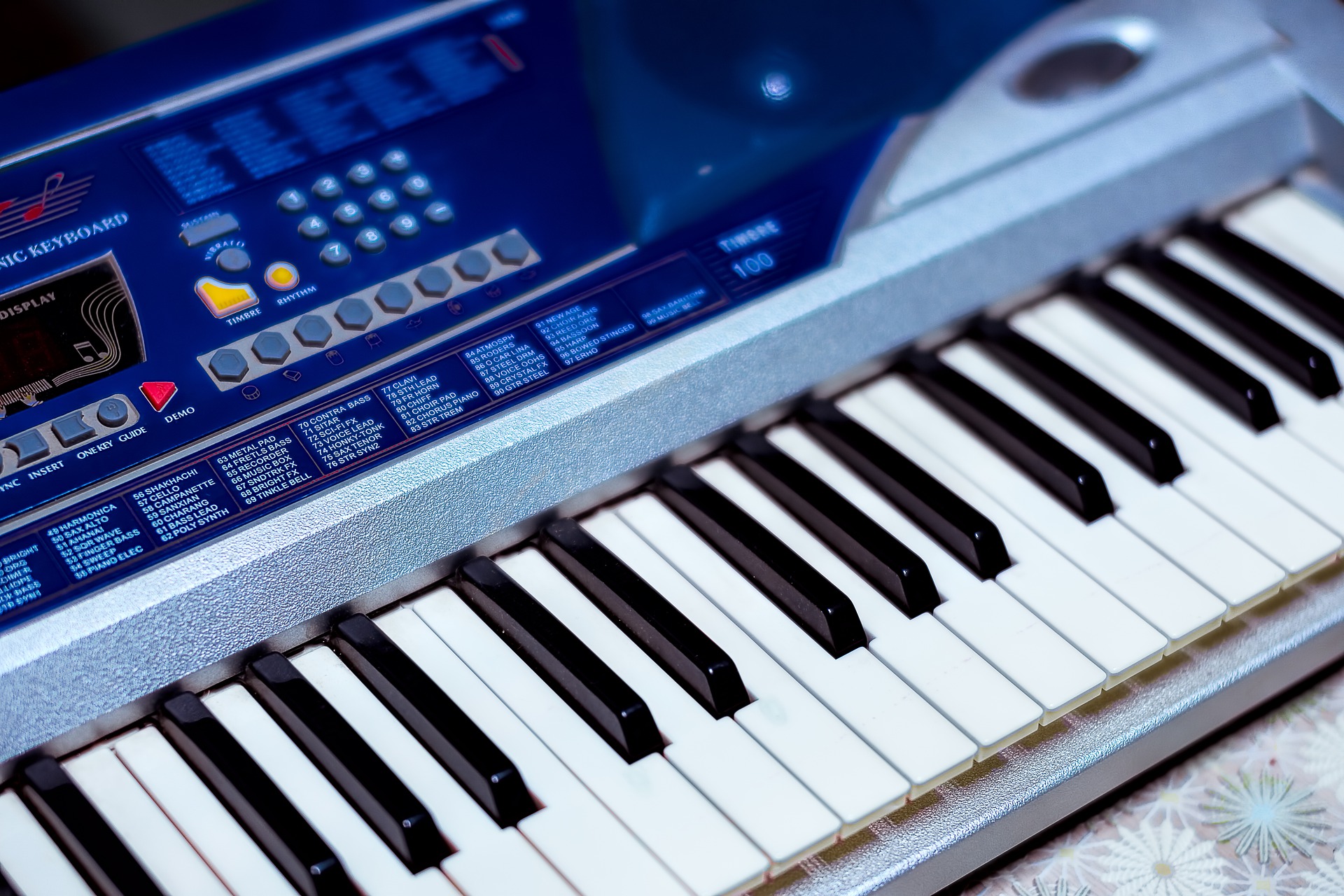Before the CMI Fairlight the primary medium to play and sample sound on tape recorder and play it on had been such an instrument as Mellotron. With the CMI on the market, people found it amusing to store sound on digital medium and manipulate it in various ways.
If you are interested in learning more about the possibilities this famous device gave music producers, this article will provide you with a lot of curious facts!
The famous musicians working with CMI Fairlight
Even though there were some pitfalls of this monster but still it made it to attract a wide range of audience including then great artist like English songwriter and ex front man of the band Genesis, Peter Gabriel. Peter Gabriel was heavily struck by the capacity of this synthesizer. He used this machine to sample sound and used it in his third solo album with self-title, Peter Gabriel released in 1980.
Gabriel was so interested in this piece of instrument that he himself with Stephen Paine distributed the Fairlight for 12,000 pounds. Such prominent figures like John Paul Jones of Led Zeppelin, Kate Bush, Rick Wright of Pink Floyd were among the people using this device in their music production.
The success of this piece broke out to USA as well with the artists like Stevie Wonder, Herbie Hancock, Jan Hammer etc.
The series of CMI Fairlight
There were three set of series was released from the birth, from 1979 to 1989. Series I being released from 1979 to 1982, Series II 1982-1985 and Series III 1985-1989.
Series I
The first series had one of the major pitfall of its abilities to sample sound at the sample rate of between 24kHZto 8 kHZ. It failed to replicate sound absolutely close to the acoustic one. Still, that itself gave the sound some unique kind of sound and people used it anyway.
Series II
With the Series II, some pitfalls were eradicated such as the sample rate extended from max 24 kHZ to 32kHZ but still the sample memory was short and it was good only for storing short samples. The bit depth remained with 8 bit as of its predecessor.
The Series II to became instantly go to choice for then musicians and developed the scene like Hip Hop, Big Beat, Techno and Drum and Bass. The most famous orchestral Stab that was way popular in the 1980 to 1985 was the product of CMI Fairlight.
The most popular in the Series II is the added feature ‘Page R’ which was their first musical sequencer. With vast editable features that is basically the blue print of the music production software like FL Studio or Ableton Live.
Series III
The Series III of course, taking care of its predecessors pitfall, extended the sampling rate to 44.1kHZ, across 16 channels. With the 16-bit sampling. The memory was developed from the limitation of 14kB per channel to 14MB. A rich version of ‘Page R’ added calling it Composer, Arranger, Performer and Sequencer.
This was the first complete workstation that we come to know now. This piece if remained in the heart of 80s and all those synth nerds that is still fascinated by this magnificent machine.

